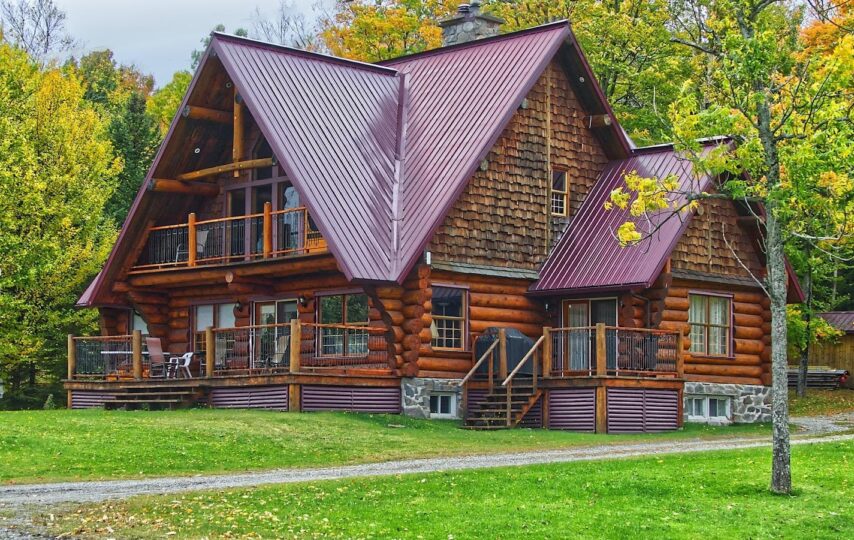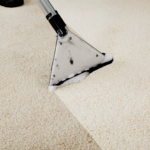Windows are only as good as the material they’re made of, so how do you choose the right one? Windows are a long-term investment, so it’s imperative that you make a well-researched and considered decision before making that commitment.
Many material options can be used for windows, so how do you tell which ones make for the best replacement windows? There’s no easy answer to that question, as it will depend highly on your unique needs, wants, and tastes.
There are several different factors to pay attention to when considering each individual material. The material you select can have a significant impact on the aesthetics, function, maintenance and features of your marble window sills. We’ve broken down some of the most popular materials and look at the upsides and downsides of each.
Vinyl
Vinyl windows took off in popularity when they originally entered the market in the 1960s and 1970s, and it’s easy to see why. With a strong combination of functionality, affordability and energy efficiency, they are effortless to maintain, as they don’t need to be painted or stained as wood does. They are also light, easy to install and help to reduce sound transmission.
The drawback with vinyl is that there do tend to be fewer options for colors than with other materials. If having a wide variety of color options is important to you, or you have your heart set on a less popular color, you may not find what you’re looking for with vinyl windows.
Wood
Wood provides a luxurious yet classic and traditional look that is hard to compare. In addition to its unique look, wood is also well insulated and strong. Wood window frames tend to have less condensation, and the material is also effective at combating noise pollution. Wood windows can be stained or painted to match almost any decor and aesthetic.
All the benefits wood windows bring come with a cost, both in finances and in maintenance. Wood comes with a higher price tag than other materials, which is why so many people opt for less expensive options like vinyl or clad windows. Another factor is that wood requires the most maintenance to keep it looking and performing at its best. Its more susceptible to damage from the elements and insects, and it will need to be repainted or refinished periodically.
Clad
Aluminum is not a practical material to use for window frames on its own for its lack of energy efficiency, but when combined with wood it offers the best of both worlds. Clad windows have a wood interior for that classic look and insulating properties but have aluminum on the exterior to create a lower price point and much lower maintenance. It’s hard to find downsides with this combination.
Choosing your window material is important, and there are pros and cons to each one. Only you can decide how to weigh them. Carefully consider your needs, think about your options and use this guide to find the best material for you.



